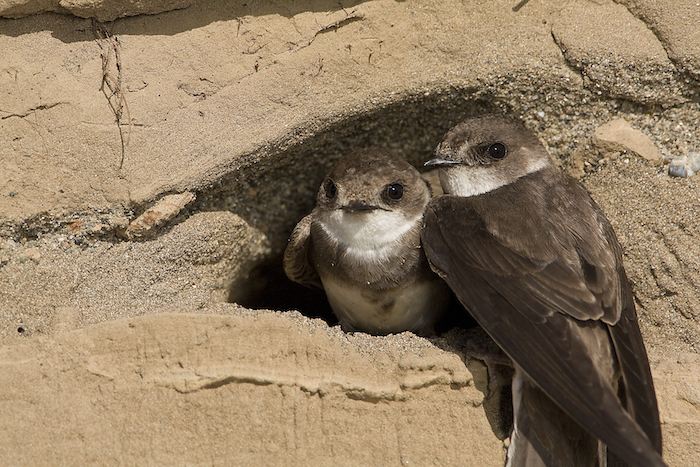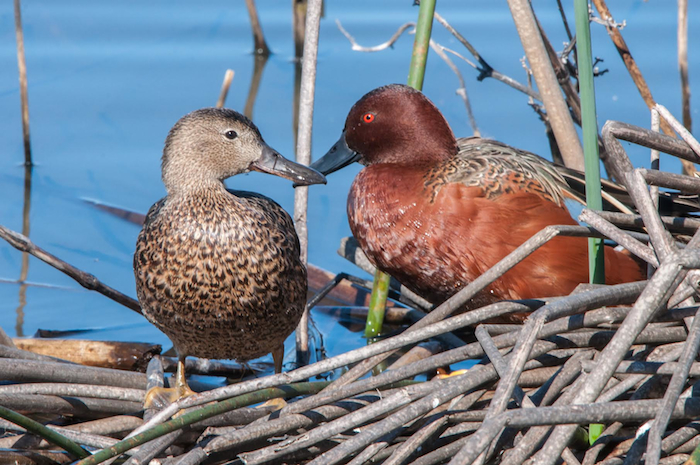When Rio Alto Water District’s National Pollutant Discharge Elimination System (NPDES) permit came up for renewal in 2010, Rio Alto WD discovered that under its current operating conditions it would not be able to meet strict new effluent limits for zinc and disinfection products. Faced with a Cease and Desist Order from the Central Valley Regional Water Quality Control Board, the district immediately went to work to find a solution to the problem. After reviewing eight alternatives, Rio Alto chose to make improvements to the wastewater treatment plant and remove our discharge from the Sacramento River by creating wetlands for land disposal.
The project was not the least expensive alternative reviewed, but it was felt that it was the best long-term solution to ever increasing regulations with the river discharge. The project was funded by low interest loans from the State Revolving Fund and USDA Rural Development. Securing that funding involved forming a Community Facilities District which required a two thirds voter approval to assess a special tax. Through community outreach the district gained voter approval and construction began in 2014. The district purchased 78 acres located within the Pacific Flyway and constructed four ponds. One pond was amended with bentonite to retain water for aesthetic purposes. Over two miles of walking trails were constructed around the perimeter of the ponds and benches and tables were installed for visitors. A two mile pipeline was constructed from the wastewater treatment plant to wetlands. The project was not without challenges, our environmental budget ballooned from $60k to $500K, and we suffered erosion on the levies from two atmospheric river storms. Fortunately, the district was able to secure a Proposition 84 grant from the California Department of Water Resources and a grant from USDA Rural development to cover the cost of rocking all the levies and the environmental mitigation costs.
PG&E was kind enough to move an osprey nest from an active power line to a dedicated pole within the wetlands facility. Construction was completed and the district held a grand opening for the wetlands and walking trails in May of 2016. The community has really taken advantage of the walking trails and forward pictures of the visiting wildlife. Located within the Pacific Flyway, the wetlands provide a nice layover for migrating birds and waterfowl. The wetlands are currently providing habitat for many geese, ducks, killdeer, swans, heron, meadowlarks, sparrows, blackbirds, egrets, grebes, pelicans, osprey, rabbits, deer, coyotes, and even a river otter. The district is approaching local schools for tours of the wetlands to educate the younger generation on the benefits of recycled wastewater use and the benefits of increasing our habitat for wildlife.


